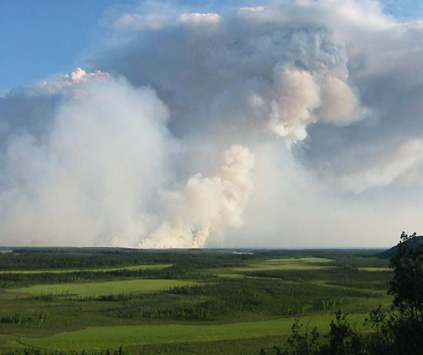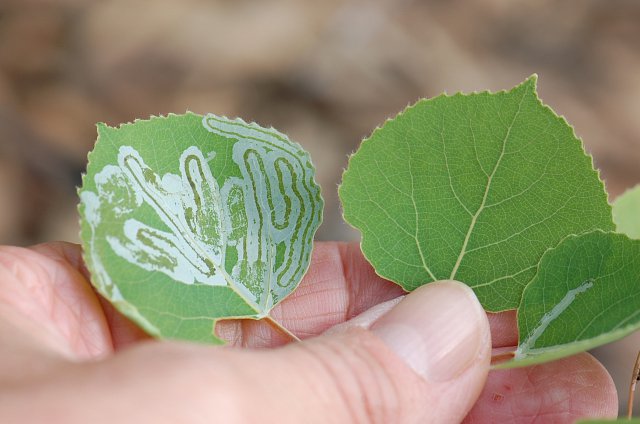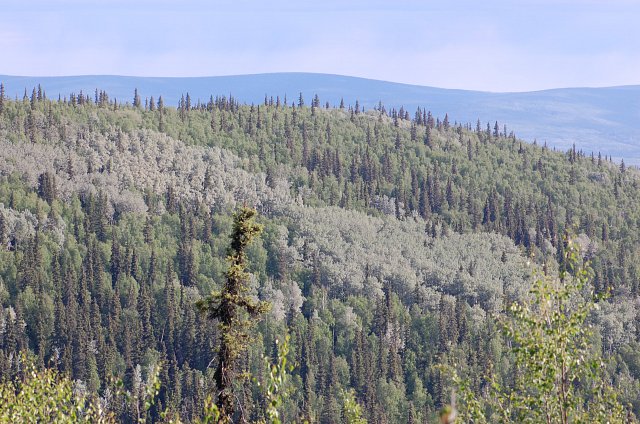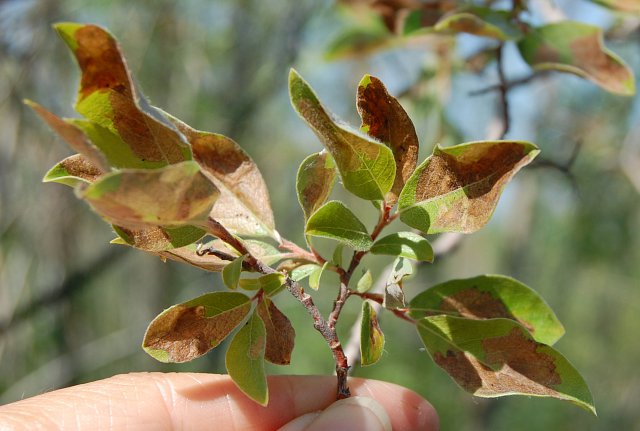Disturbance Regimes
Major disturbances in Interior Alaska include wildfire, flooding, insect and pathogen outbreaks, permafrost thaw, and drying of lakes and streams. These disturbances impact ecosystem function directly through the changes they impose on the physical environment and indirectly through their effects on vegetation. The nature of disturbance strongly influences the pattern of plant succession, which in-turn impacts the disturbance regime. The frequency of these disturbances are affected by climate and with warming have become more frequent and extensive, impacting the structure and function of the Alaskan boreal forest and its role in the global climate system.
Fire
Fire is a pervasive disturbance across the boreal forest and a major force controlling vegetation type and distribution. Over the past 40 years, the area burned each summer in the boreal forest has increased nearly four-fold.

Warm, dry weather allows fires to continue burning in late summer when soils are deeply thawed and have low soil moisture. This allows for deeper burning of the soil organic layer and in-turn mineral soil exposure, creating a radically different environment for seedling establishment. The increase in mineral soil seedbeds as well as a shortened fire return interval promotes the establishment and dominance of deciduous trees rather than conifers. Black spruce has dominated the lowland landscape and north-facing slopes of boreal Alaska for the last 6,000 years, but such changes in the fire regime could increase deciduous dominance in boreal Alaska.
Insect Outbreaks
Insect and pathogen outbreaks are characteristic of the North American boreal forest and in recent decades have caused widespread mortality and damage in Interior Alaska. Furthermore, many dominant tree and shrub species in Alaskan boreal forests are susceptible to drought stress, which is expected to intensify with climate warming and further increase plant vulnerability to insect and disease damage. Biological invasions of non-native insect species have also affected large areas of boreal Alaska.



Consequences of Changing Climate
Collectively, increased insect and disease outbreaks, climate warming, reduced photosynthesis and growth, and change in plant carbon allocation have led to a “browning of Interior Alaska” as measured by satellite-detected trends in the normalized difference vegetation index over the past several decades.
Warming and loss of permafrost is changing watershed hydrology in boreal Alaska, with stream flows becoming less flashy and flow increasing during the winter. Another consequence of warmer and drier summers is the reduction in surface water, with increased evaporation and permafrost thaw resulting in the shrinkage/disappearance of closed-basin ponds.
 B
B

